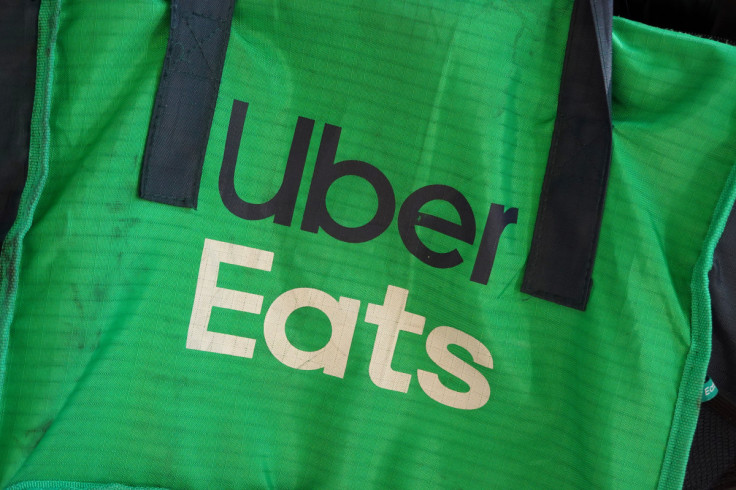Londoners Pay More for Grocery Deliveries as Uber Eats Skyrockets in 2023: What Are People Ordering?

The number of people ordering food and household essentials using apps like Uber Eats has almost doubled in the last two years, despite remote deliveries costing significantly more than the traditional method of actually going to the shops oneself.
Uber Eats only introduced the ability do the regular shop on the app in 2020 in response to the Covid pandemic. Alex Troughton, regional general manager of grocery and retail at Uber EMEA & UK, described the move as a gamble that had been key to the company's subsequent success.
Usage of Uber Eats for the household weekly shop has reportedly increased by 50% in the last year.
What Are People Buying?
Last year the company revealed that Londoners used the app more than the rest of the country combined. It also revealed the top ten items ordered via the app. These were Milk, at number one, followed by bananas, eggs, white bread, Pepsi Max, cucumber, Coca Cola, orange juice, spring water and Pringles.
A Price Worth Paying?
Although none can question the ease that delivery orders provide for customers, it has been noted that shopping via app can be significantly more expensive than going to the shops in person or even when using a supermarket's own delivery service.
An investigation by the Sun found that some items are up to three quarters more expensive when ordered via Uber Eats or Deliveroo, when compared with ordering direct from the supermarket.
The investigation found that a £32.62 online shop from Morrisons cost £37.83 when done via Deliveroo (14% higher) and £40.04 when done via Deliveroo Hop (23% higher).
Similarly, a £34.88 shop at Asda cost £41.33 when done on Uber Eats (18% higher).
In some cases, individual items were significantly higher in cost. One example highlighted by the Sun is Morrison's stone baked pizza (£2.29) costing 74% more (£3.99) when ordered via Deliveroo Hop. The price of a 350g pack of Cathedral City mature cheddar also went from £2.75 to £4.20 when ordered through Deliveroo, rather than direct from Morrisons.
The trade-off that app users, especially in London, appear to be making is time for money. While Uber Eats and Deliveroo may be more expensive, they tend to be quicker, with deliveries arriving within an hour, or even 30 minutes of ordering.
The rise of delivery apps is by no means the first time that traditional shopping methods have been disrupted or even destroyed. As recently as the 1990s London streets would still have traditional butchers, grocers and fishmongers, and milk was delivered by the milkman on his milk float. Many of these small independent businesses eventually went under due to an inability to compete with the large supermarkets.
© Copyright IBTimes 2025. All rights reserved.





















